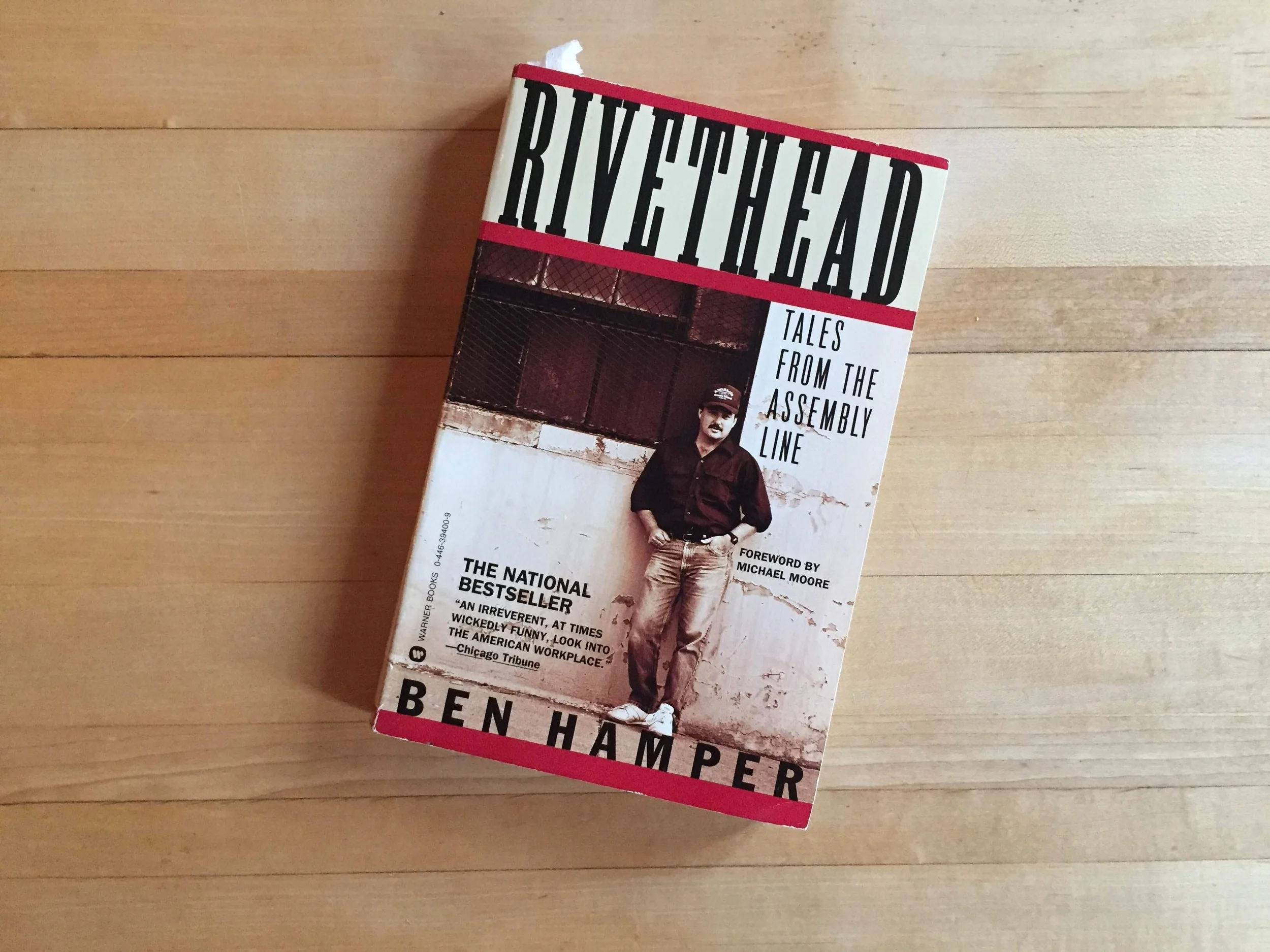Towards the end of March, I went to Iceland for a week with the lady. Neither of us had been abroad in years -- it had been a decade for me -- and there are pretty cheap direct flights from Baltimore, so we took a chilly spring break excursion to Europe's wildest island. We took an overnight flight, landing at 6 AM, then rented a little hatchback and headed into Reykjavik. After breakfast, we napped in the car and then checked into our AirBnB. Later, we poked around the capital's design district, which boasted an impressive array of Made in Iceland products.
We used AirBnBs every night except one -- the hotel system in Iceland seems to be mostly guesthouses and hostels, and the AirBnB listings were transparent (and cheap!). Reykjavik was a startlingly clean, modern, walkable city, built in a kind of vernacular modern style that was hard to place. It was part Bauhaus, part Scandinavian, and part Rural Studio, all galvanized tin siding and steep roofs.
Read More


















